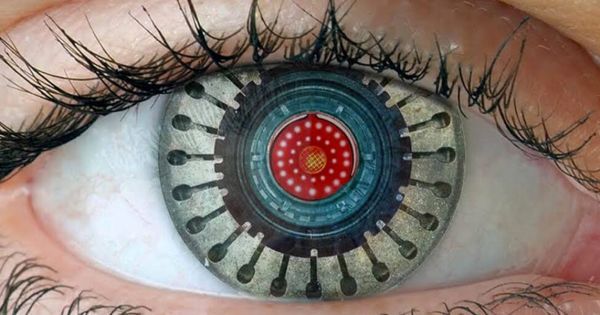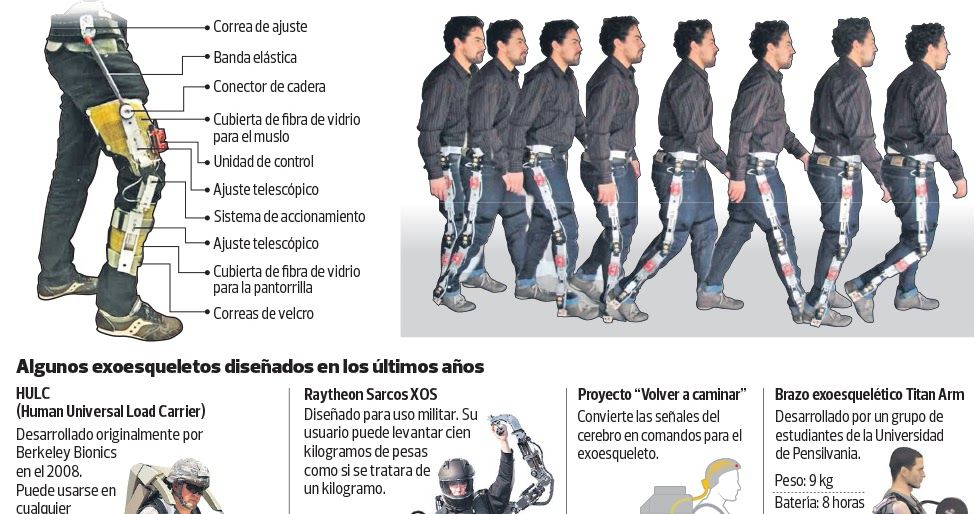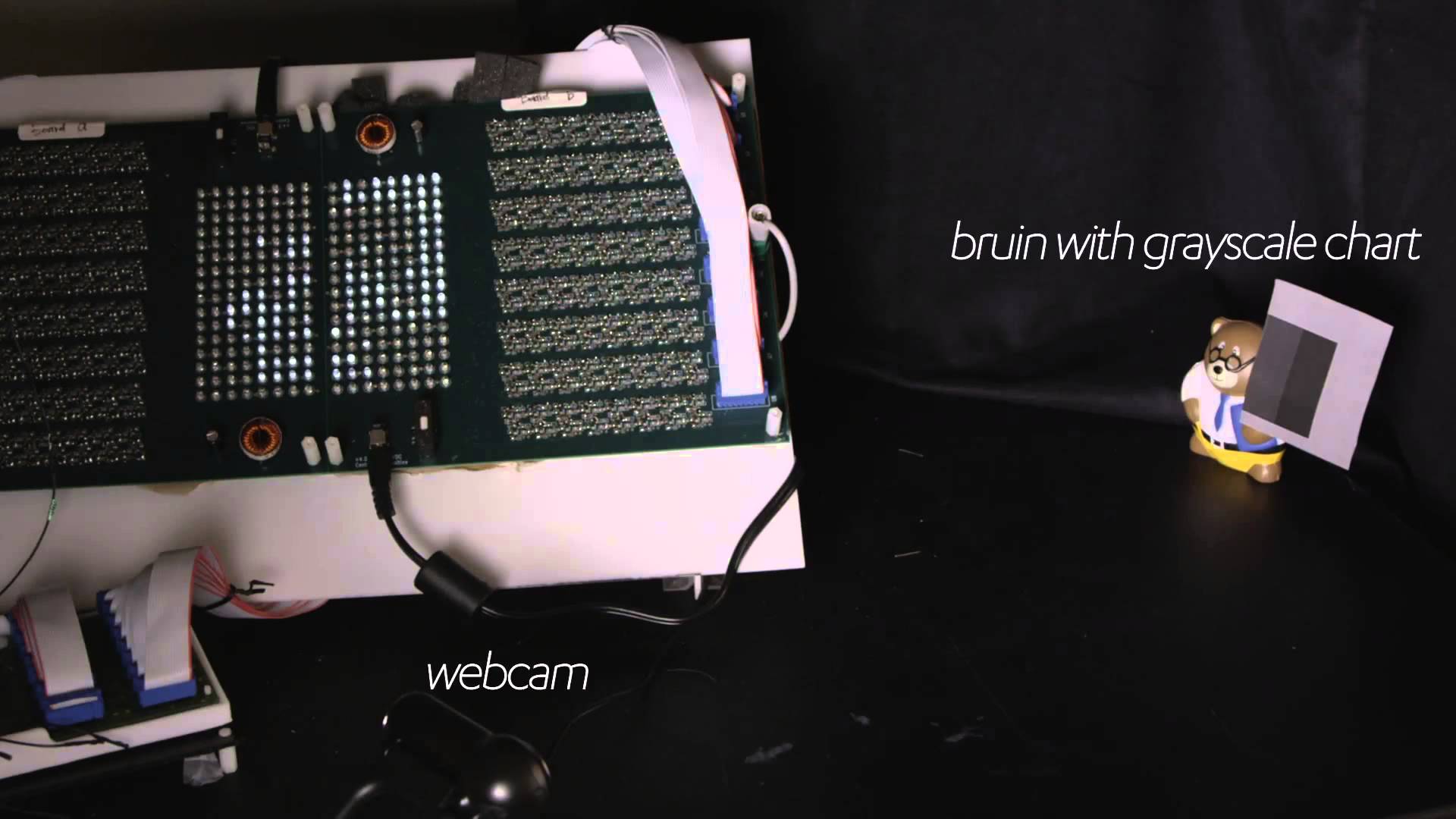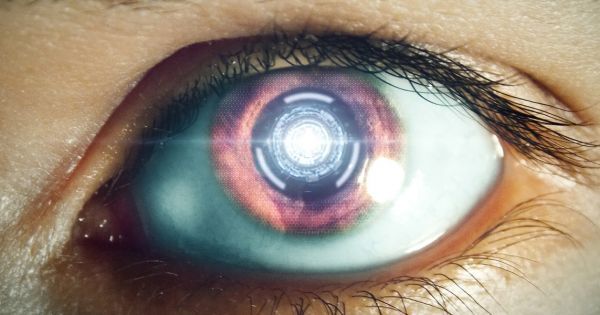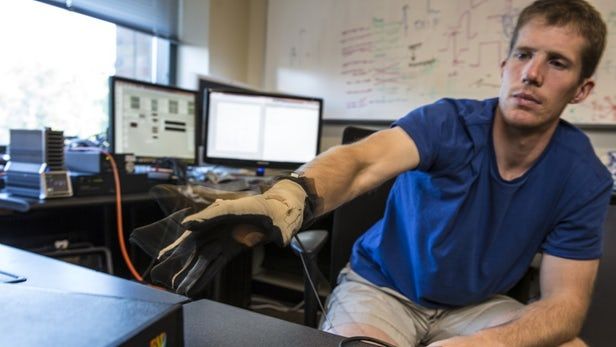Trailer for Ghost in the Shell.
Based on the internationally-acclaimed sci-fi property, Ghost in the Shell follows Major, a special ops, one-of-a-kind human-cyborg hybrid, who leads the elite task force Section 9. Devoted to stopping the most dangerous criminals and extremists, Section 9 is faced with an enemy whose singular goal is to wipe out Hanka Robotic’s advancements in cyber technology.
A couple other actors were first considered before they finally settled on the current cast. Margot Robbie was firstly considered for the lead role of Major (Scarlett Johansson’s role). Matthias Schoenaerts was considered for the male lead of Batou. Pilou Asbæk was cast instead. Sam Riley was in talks for the role of the Laughing Man (Michael Pitt’s role).

